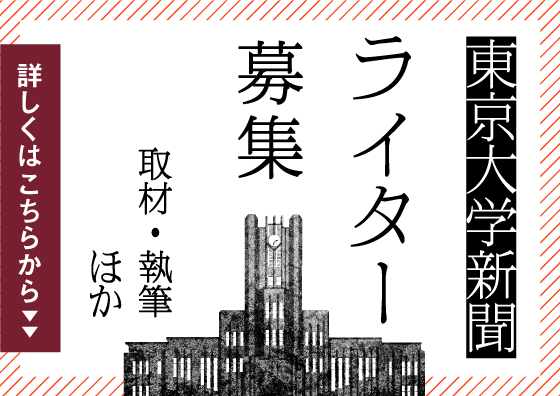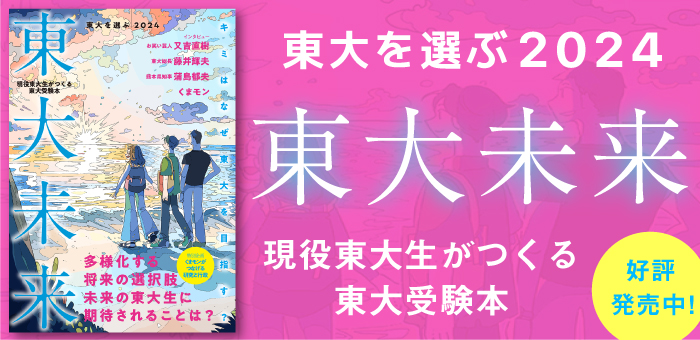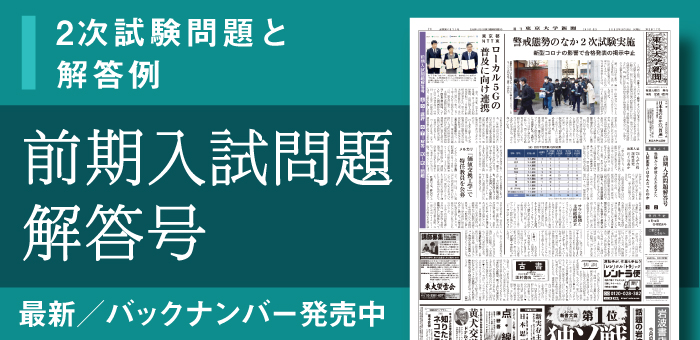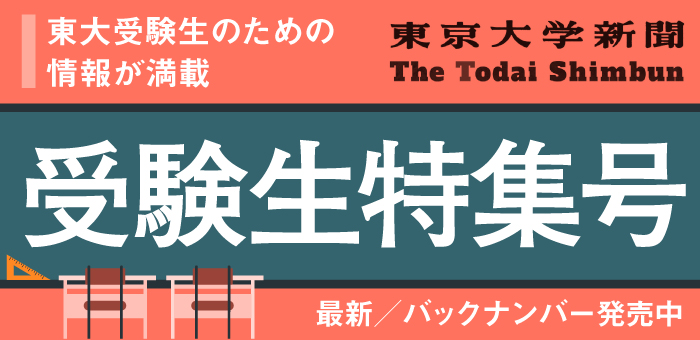We, without doubt, lay ourselves in “places,” which, if we heed the specialty of things therein or the history therewith, appear to us as having a variety of meanings. In this serial article, we aim to contemplate various “places” found in Todai’s campuses with the cultural geographer Dr. James Thurgill, who interprets “places” by employing a knowledge of the humanities that spans philosophy, history, anthropology, and so on. Our fifth meeting is at the Komaba Pond on Komaba Campus.
(Interviewed, Written and Translated by Mon Madomitsu)
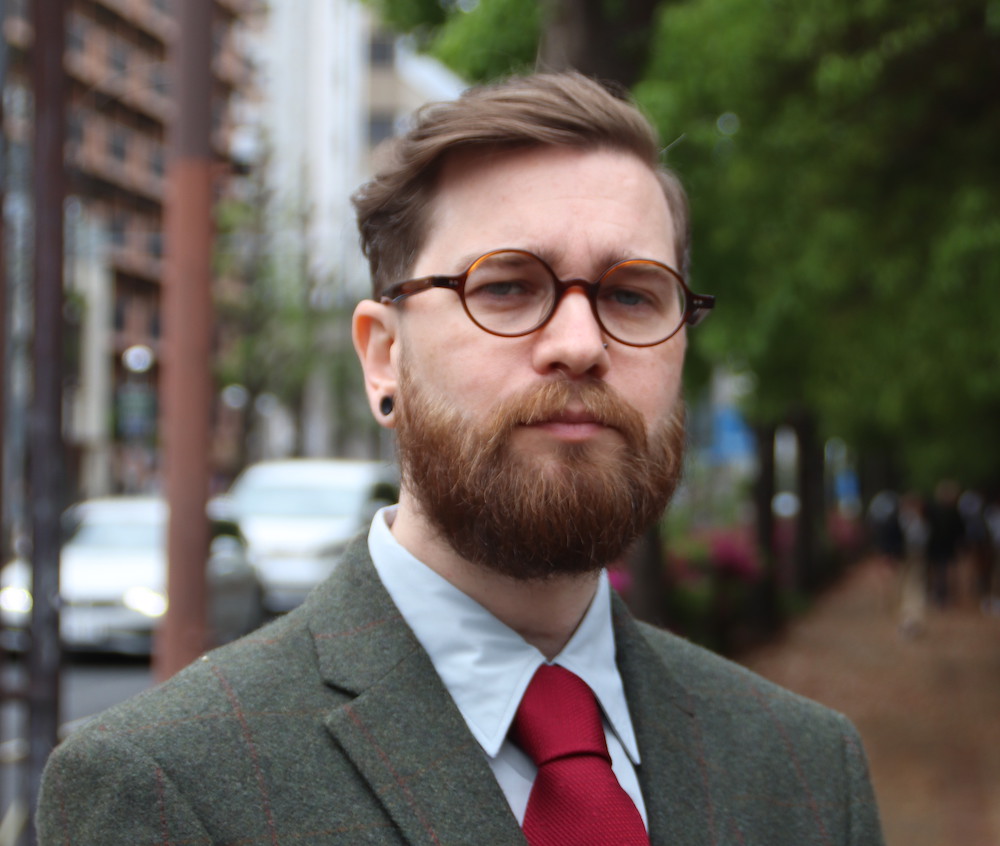
Meanings Found in a Superstition
“I know it exists, but I’ve never actually been there.” Perhaps a number of Todai students would answer in such a way when being asked about the Komaba Pond (so-called “Ichiniro-Pond”). Indeed, while I walked around the pond for more than an hour with Dr. Thurgill in order to conduct the interview for this article, not a single person visited the place.
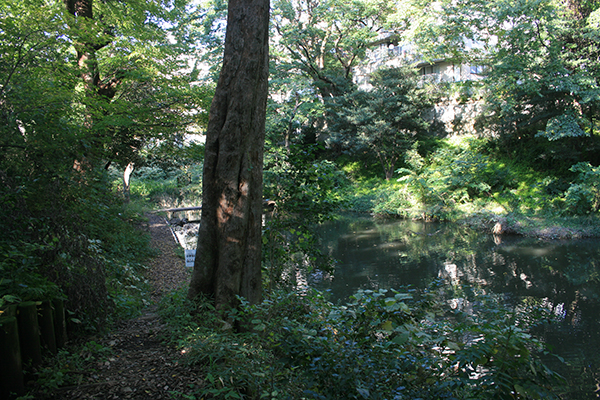
It is well known that students of the university do not always have a positive impression of Komaba Pond. This is evident in campus folklore, which claims that applicants to The University of Tokyo will fail their entrance exam if they visit the pond. It is also said that current students of the university could be equally affected, running the risk of having their graduation delayed by a year or two as a result of the pond’s legendary “curse”. In his cultural geography courses for freshmen and sophomores, Dr. Thurgill often gives the students an assignment requiring them to write horror stories on atmospheric spots within the campus grounds. Subsequently, many students choose the Komaba Pond as the setting for their stories, focusing on the eerie impression they have of the place to create an ominous backdrop for their tale. For instance, in their work for the class students often describe the story of a ghostly hand stretching from the pond, reaching for a nearby student in an attempt to drown him or her.
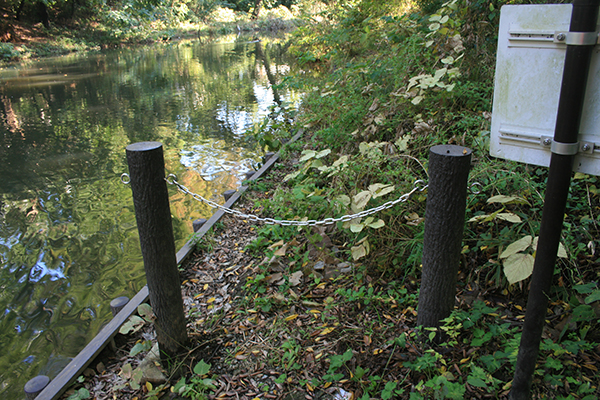
Why has the Komaba Pond become a place of such uncanniness? One reason might be that much of the area remains unknown to us: the “off-limits” area is much larger than the accessible space, and several chain barriers are positioned around the pond in order to emphasize the restriction of access. Yet, the motivation behind our entry being prohibited is concealed, giving us an unearthly atmosphere. The trees growing along the promenade that surrounds the pond hinder us from gaining a panoramic view of the area, as if to further enhance this uncanniness. Indeed, it appears that we are not allowed to have a full understanding of this place.
“An ordinary explanation may conclude that the site’s visitors, by perceiving the secluded geographical situation of the pond, could feel some kind of uncanniness there, and that such an experience may have shaped the strange folklore regarding the failure of the entrance exam or the graduation delay,” says Dr. Thurgill. “Yet, I believe that it is also possible for the process to occur the other way around.” In other words, there is a possibility that a visitor’s perceptual experience is shaped by the folklores or their preconceptions regarding a certain place.
Let us now contemplate how the superstition of ghosts influences people. Dr. Thurgill questions, “Even those who profess not to believe in ghosts often admit to being afraid of spending the night somewhere associated with them, like in a graveyard, for example. But if they think it is neither possible to see nor feel ghosts, then what exactly are they afraid of?” In order to solve this problem, we might posit that people are more concerned with the “association” between the object (in this case the graveyard) and the superstition surrounding it (the ghost), than they are with the object itself.
Why is the role of “association”, then, so strong? In one of his major works, Critique on Pure Reason, the philosopher Immanuel Kant maintains that to acquire a meaning is to connect a concept with an object. Concept is that which is thought up within one’s mind, while object refers to something external, that which exists outside of the body. Kant regards thinking prior to experience as being “empty”, and that taking in the information of the outside world without considering what it might mean as “blind”. Kant suggests that it is only by connecting concept and object that meaning can arise.
As such, the reason why people posit there to be more importance on the “association” between an object and a superstition rather than on the physical properties of the object itself is that they wish to find a meaning there for themselves. When the “concept” of uncanniness that emerges from the strange folklore concerning Komaba Pond is connected with “object”, i.e. the secluded geographical situation of the pond itself, our perceptual experience conjures up a meaning. This is also the moment in which Komaba Pond is born as a “place”, for as the cultural geographer Tim Cresswell states, “When humans invest meaning in a portion of space and then become attached to it in some way it becomes a place.”
Part 2 of this article will go live next month.
【Japanese Version】
サーギル博士と歩く東大キャンパス④ 駒場キャンパス 駒場池 【前編】
【Serial Article】
Take a Walk through Todai’s Campuses with Dr. Thurgill #1 Akamon, Hongo Campus
Take a Walk through Todai’s Campuses with Dr. Thurgill #2 Sanshiro Pond, Hongo Campus
サーギル博士と歩く東大キャンパス③ 駒場Ⅰキャンパス 1号館
Take a Walk through Todai’s Campuses with Dr. Thurgill #3 Building 1, Komaba Campus
サーギル博士と歩く東大キャンパス④ 本郷キャンパス 総合図書館 【前編】
Take a Walk through Todai’s Campuses with Dr. Thurgill #4 General Library, Hongo Campus 【Part 1】
サーギル博士と歩く東大キャンパス④ 本郷キャンパス 総合図書館 【後編】
Take a Walk through Todai’s Campuses with Dr. Thurgill #4 General Library, Hongo Campus 【Part 2】





